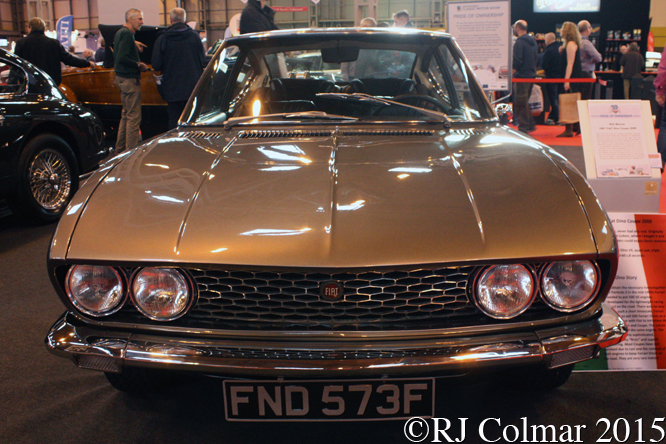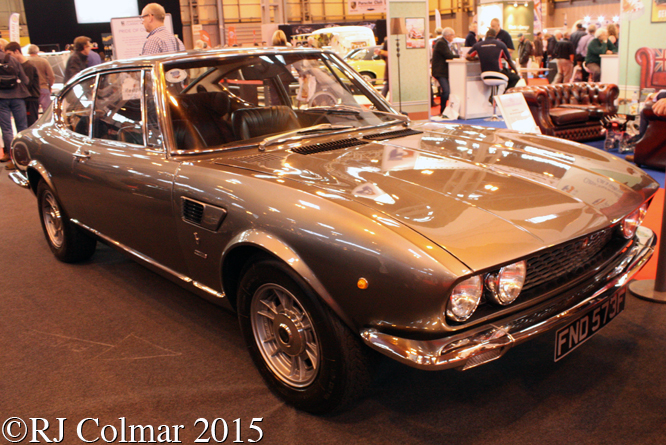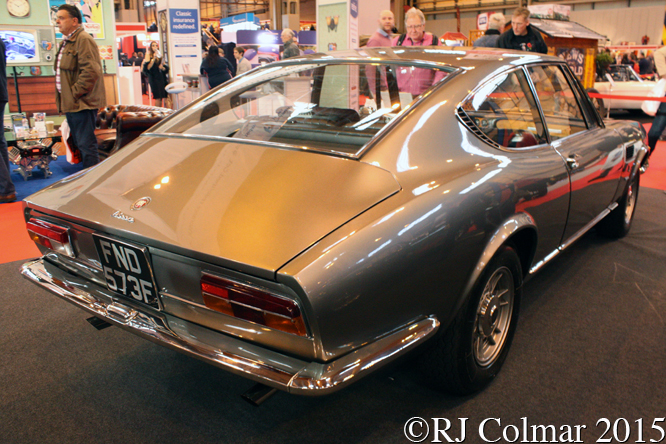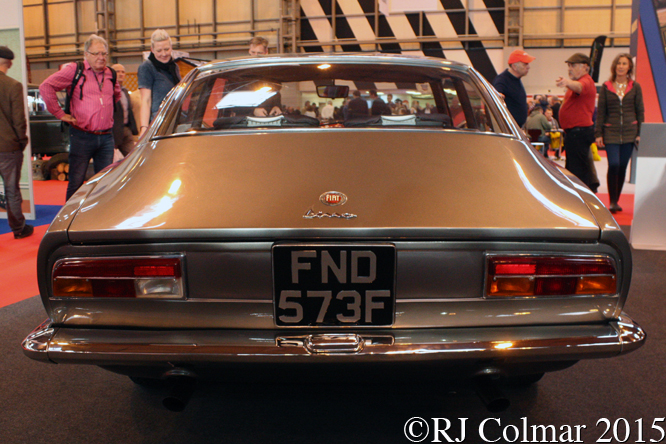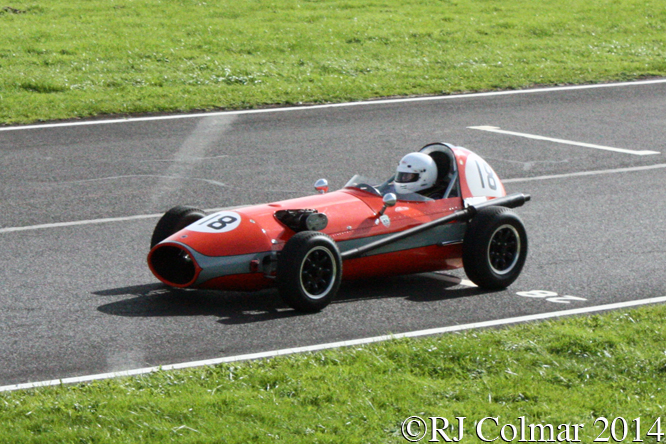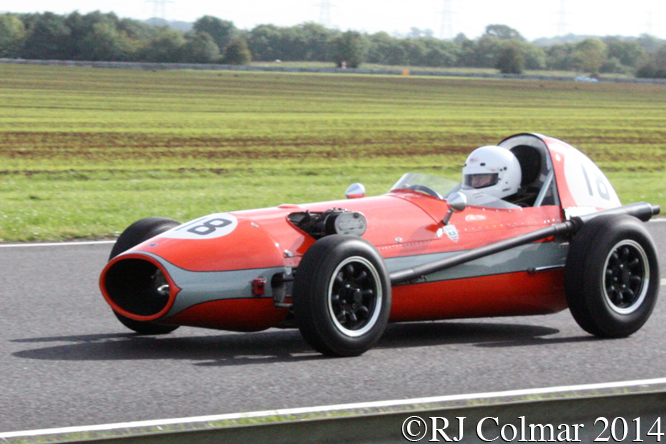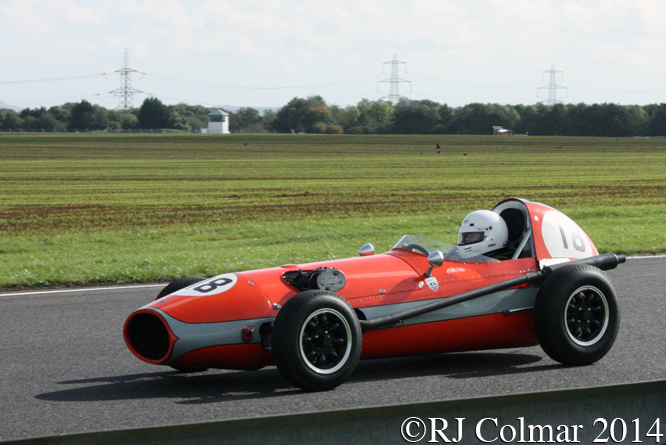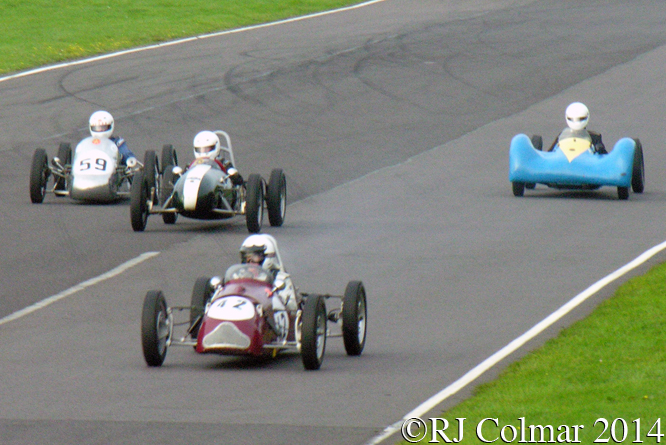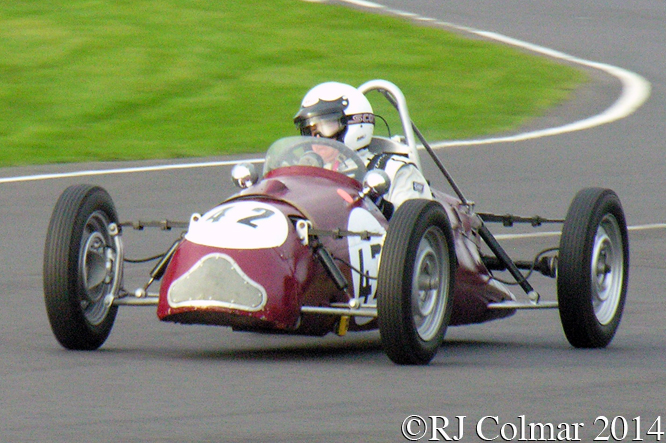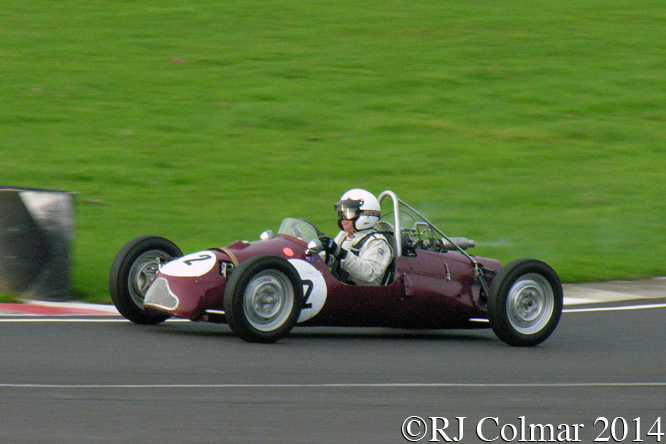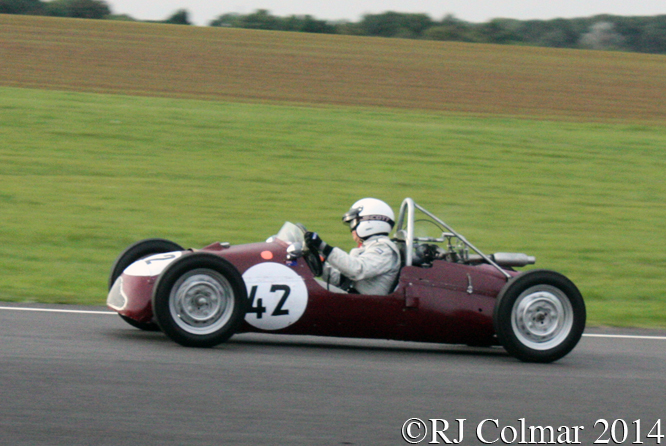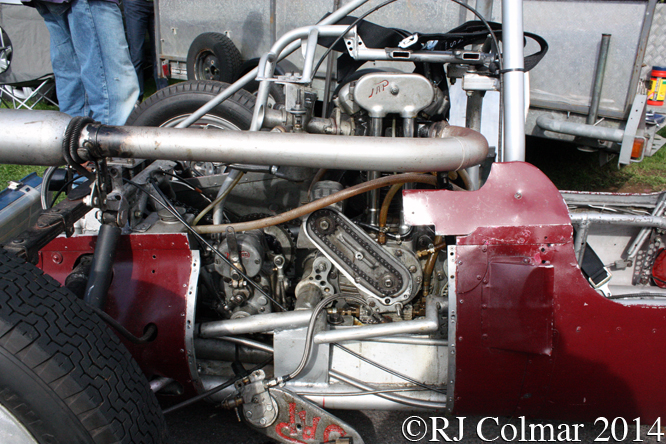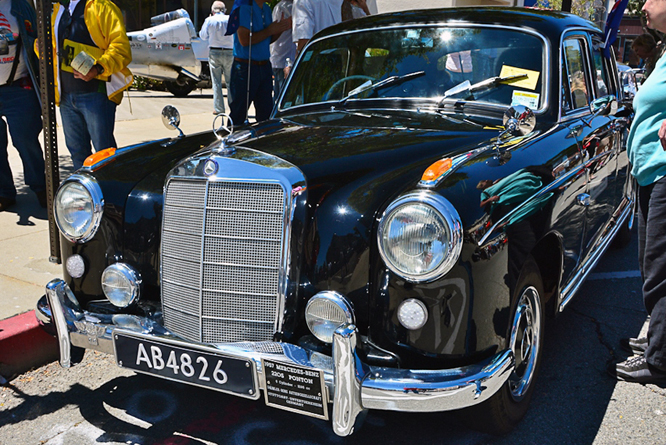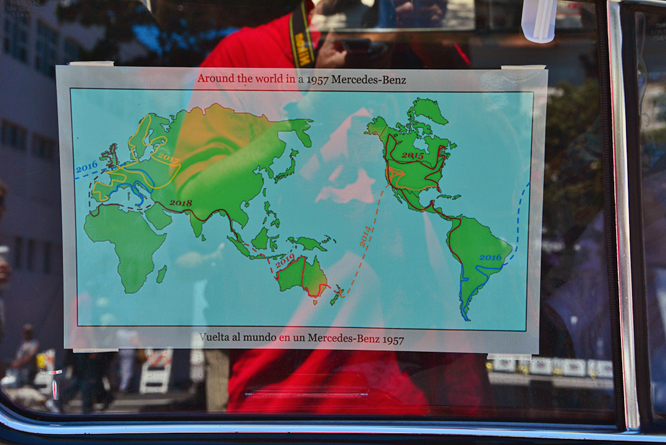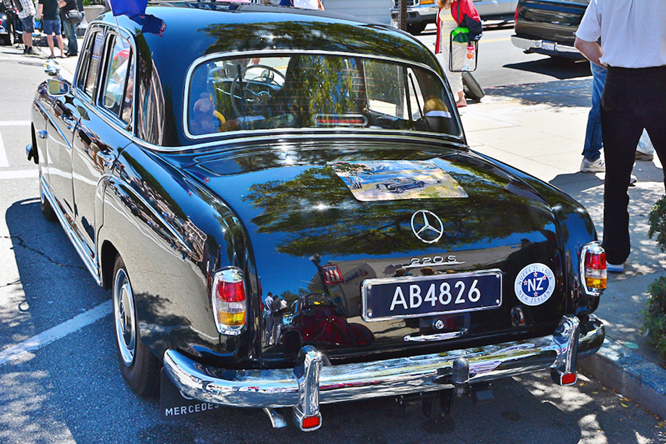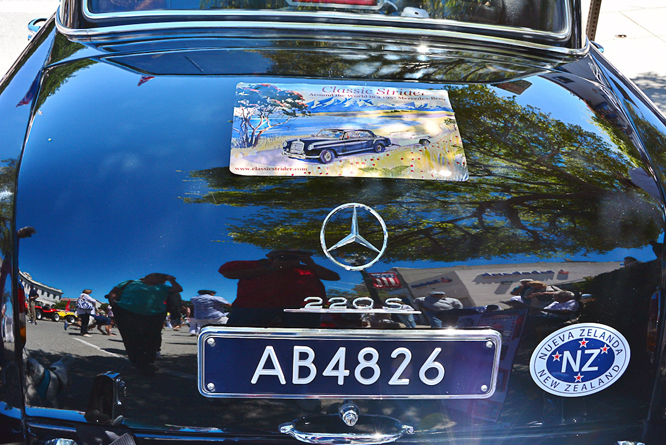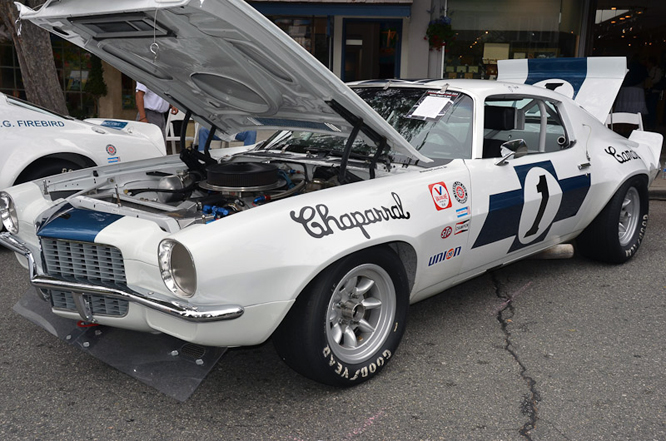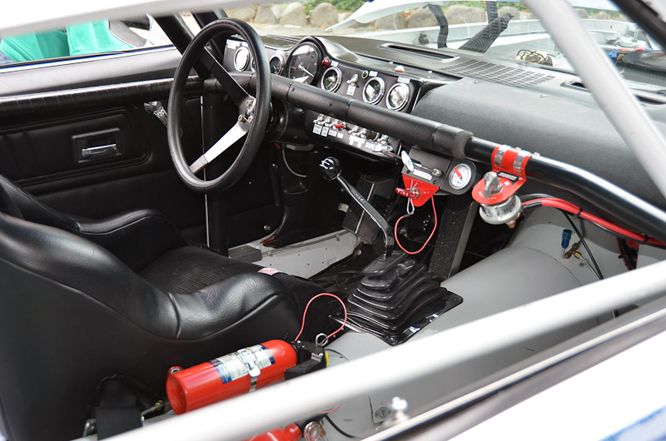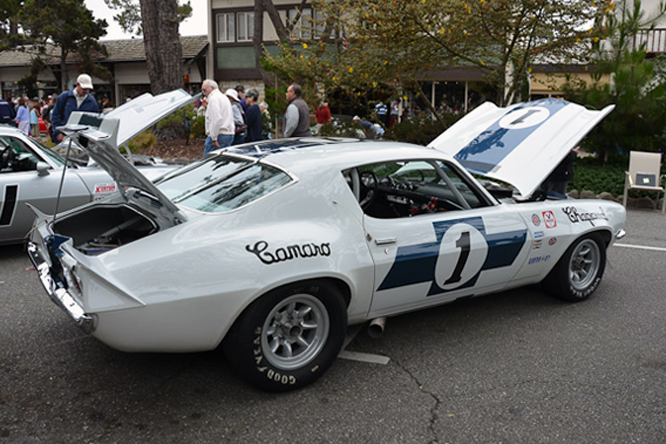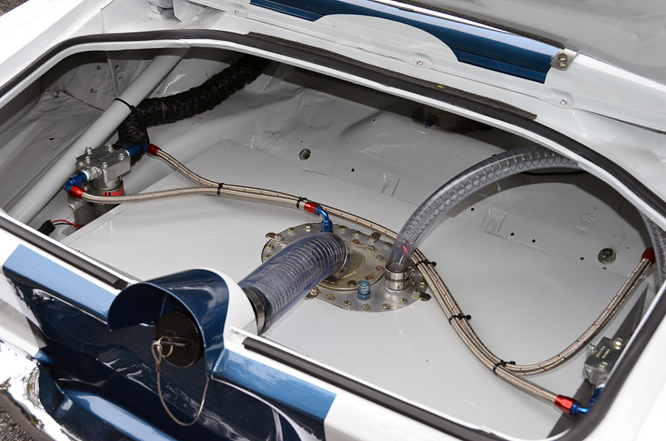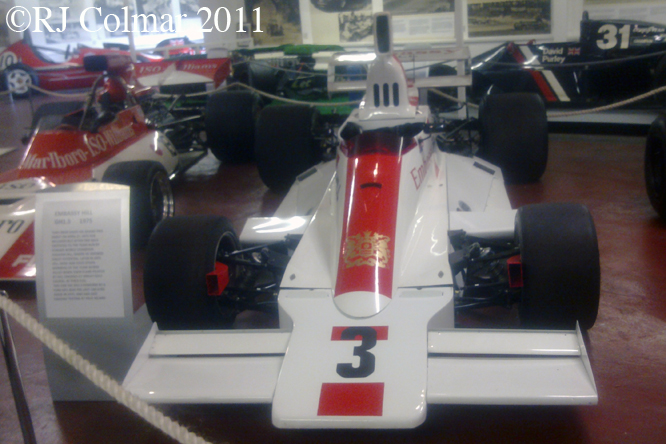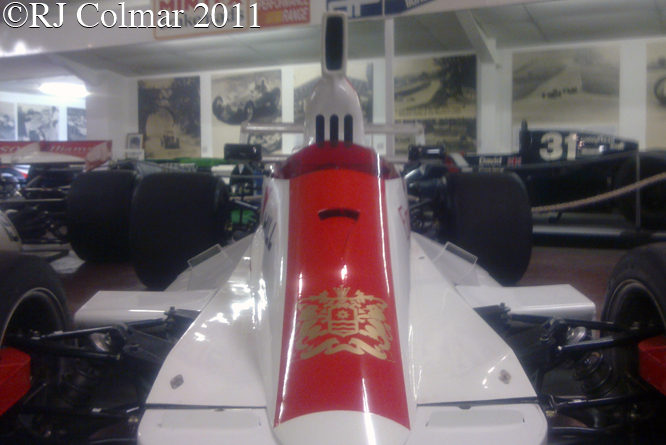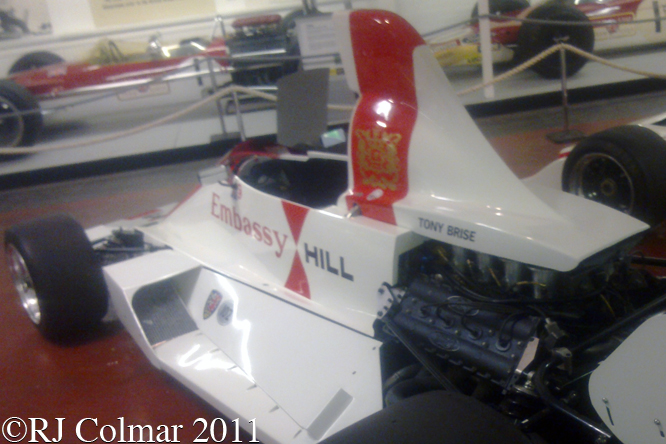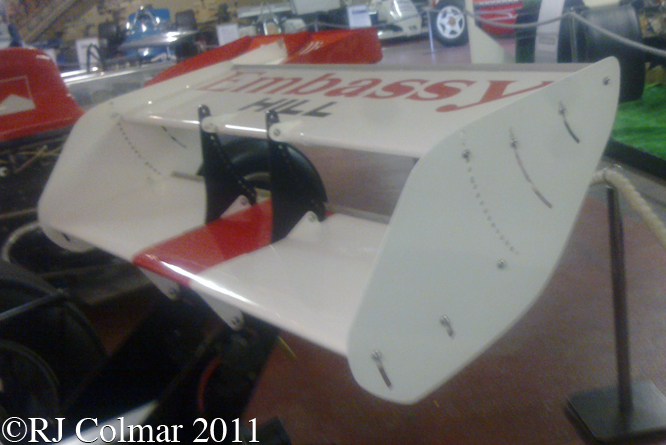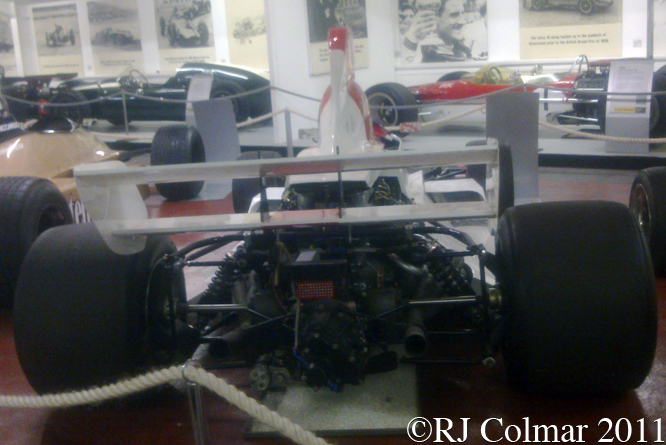In 1968 Roger Penske’s Trans Am team turned up at the Sebring 12 hours with two Trans Am spec Z/28 Camaro’s one a lightweight car that had been very successful in 1967, and the other a new car that had not had a weight saving acid bath.
Mark Donohue is reported as saying the Penske Team put the heavy #15 car through tech inspection first and then went back to their garage and swapped the #15 decals for #16 decals on the heavy car and put the car through tech inspection again.
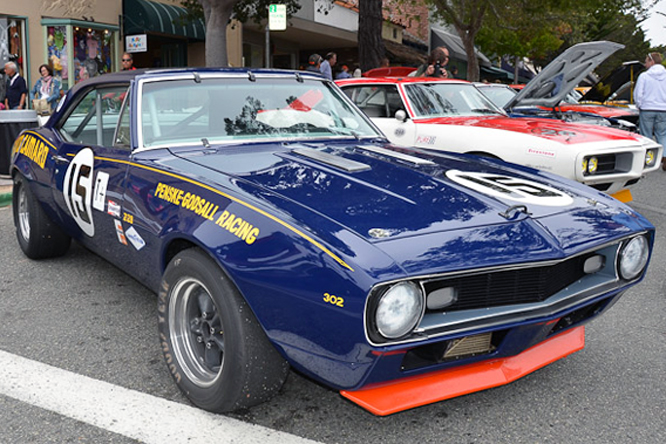
Having successfully pulled off this stunt for tech inspection Mark says the process was successfully repeated again during qualifying so that both the Penske driving crews qualified using the single lightweight car, which allegedly never went through tech inspection.
I believe Mark and Canadian Craig Fisher then drove the lightweight #15 Penske Godsall Camaro to a third place finish from 13th on the grid 6 laps behind two works prototype Porsche 907’s while the heavy #16 Penske Hilton Camaro driven by Joe Welch and Bob Johnson with Craig also taking a stint behind the wheel finished 4th from 17th on the grid 10 laps down.
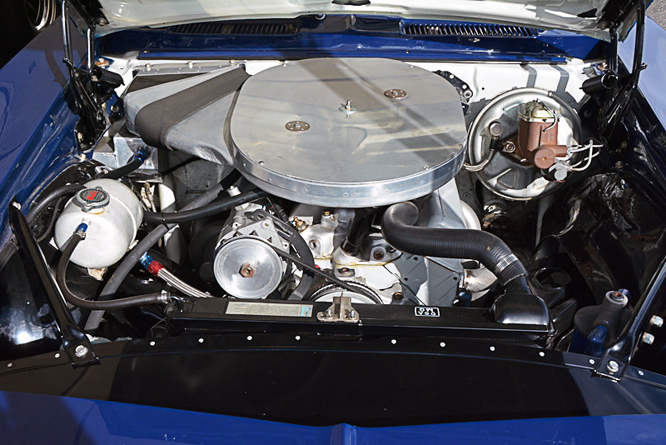
Penske pulled off a remarkable feat and the SCCA deserved their comeuppance because as can be clearly seen from this linked period photo showing the Penske team cars bore different logo’s on the front wing panels Penske Hilton Racing for the #15 and Penske Godsall Racing for the #16 as seen in this photo.
It should also be noted that the acid dipped lightweight car can be distinguished by the absence of side marker lights which were mandated for US road vehicles in 1968 as described in paragraph six of this linked article.
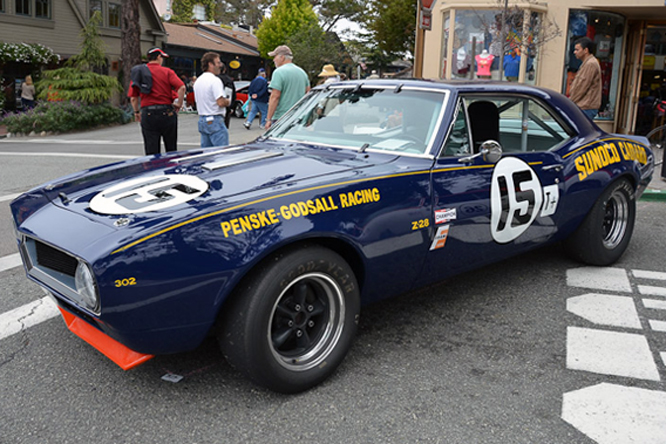
Evidence that the race numbers were swapped between the subtly different cars during the meeting is confirmed by this linked photograph from the Revs Institute showing the #15 running with Penske Godsall sponsorship on the front wing and without the side marker lights, and in this second linked photo from Car and Driver clearly showing a #16 during a pit stop with the ’68 side marker lights.
Today’s featured Camaro is believed by the owner to have been the 14th Z/28 to have been built, rolling off the assembly line on December 30th 1966 and into the Gorries Chevrolet-Olds, LTD dealership in Toronto where, the son of the GM-Euclid distributor for eastern Canada, Terry Godsall purchased it.
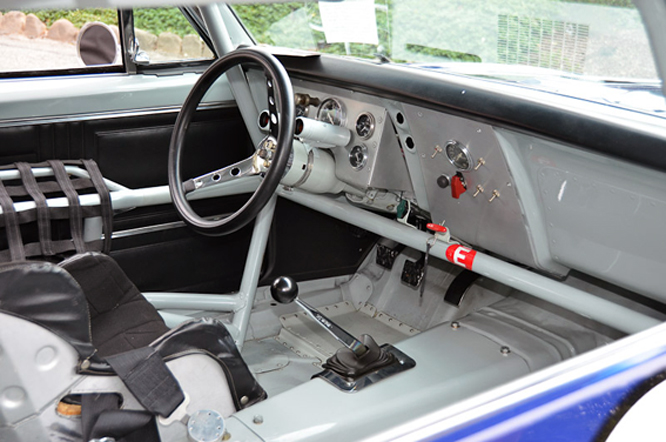
The owner believes this car was raced for Terry Godsall by Craig Fisher and followed Craig to the Penske Team mid way through 1967, he also believes this is the lightweight car Craig and Mark Donohue drove to 3rd place overall and a well deserved class win at Sebring in 1968.
After Sebring the car returned to Godsall in Canada is believed to have appeared in Trans Am events up until 1972, the current owner identified the car as the much raced lightweight Camaro by an obviously acid dipped wing / fender, an unusual rear axle housing which turned out to be one of only 22 and a one off brake master cylinder that had been shipped by GM to Penske for the Penske Godsall Racing Camaro.
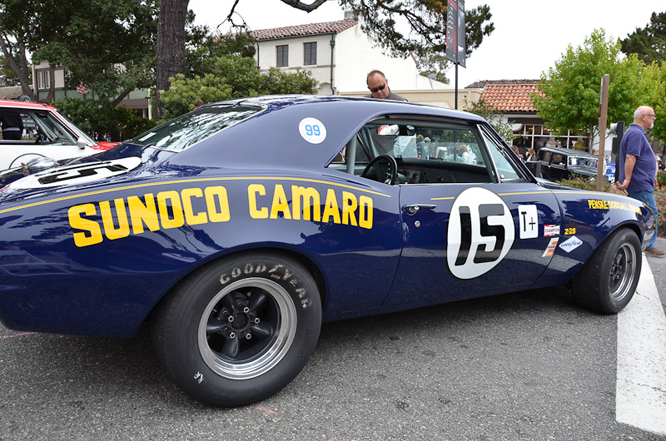
My thanks to Geoffrey Horton for sharing his photo’s taken at Carmel by the Sea Concours on the Avenue and the Rolex Monterey Motorsports Reunion a couple of years ago, note the engine shown is not in the same car as seen at Carmel by the Sea.
Thanks for joining me on this “Changing The Numbers Around Again” edition of “Gettin’ a li’l psycho on tyres” I hope you will join me again tomorrow for FIAT Friday. Don’t forget to come back now !
PS I hope you will join me in wishing Geoffrey Best Wishes and a Happy Birthday today !
